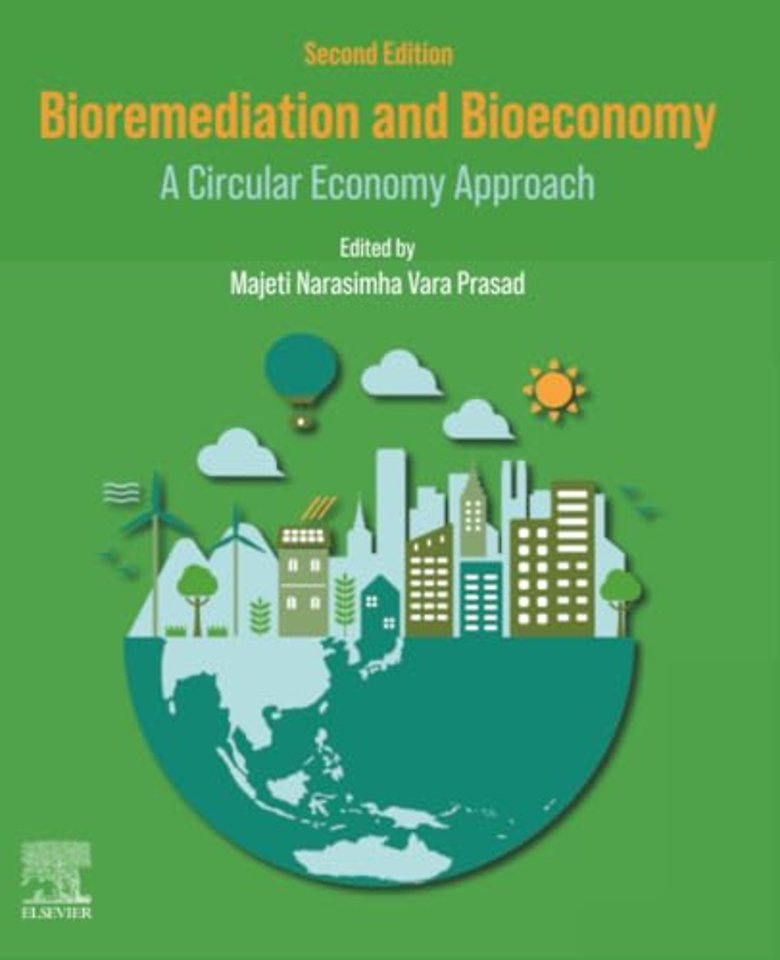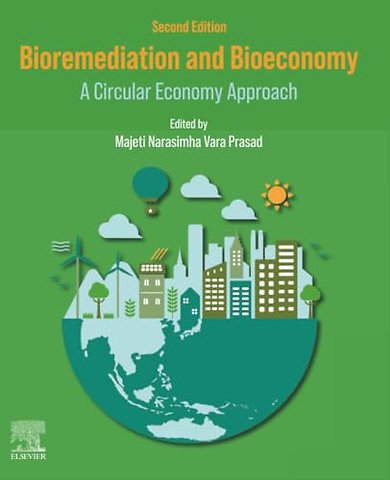Bioremediation and Bioeconomy
A Circular Economy Approach
Samenvatting
Bioremediation and Bioeconomy: A Circular Economy Approach, Second Edition provides a common platform for scientists from various backgrounds to find sustainable solutions to environmental issues, including remediation of emerging pollutants and the use of contaminated land and wastewater for bioproducts such as natural fibers, biocomposites, and fuels to boost the economy. The need for transitioning to a sustainable use of natural resources is now more evident than ever as industrialization and pollution are global phenomena. Biodiversity is being used as raw material for environmental decontamination, and this field has grown phenomenally in recent years, having emerged less than three decades ago.
On the other hand, the volume of contaminated substrates (water, soil, and air) is increasing due to anthropogenic and technogenic sources of organic and inorganic contaminants. This book addresses the bottlenecks and solutions to existing limitations in field scale, along with the relevant techniques.
Specificaties
Inhoudsopgave
Net verschenen
Rubrieken
- aanbestedingsrecht
- aansprakelijkheids- en verzekeringsrecht
- accountancy
- algemeen juridisch
- arbeidsrecht
- bank- en effectenrecht
- bestuursrecht
- bouwrecht
- burgerlijk recht en procesrecht
- europees-internationaal recht
- fiscaal recht
- gezondheidsrecht
- insolventierecht
- intellectuele eigendom en ict-recht
- management
- mens en maatschappij
- milieu- en omgevingsrecht
- notarieel recht
- ondernemingsrecht
- pensioenrecht
- personen- en familierecht
- sociale zekerheidsrecht
- staatsrecht
- strafrecht en criminologie
- vastgoed- en huurrecht
- vreemdelingenrecht

